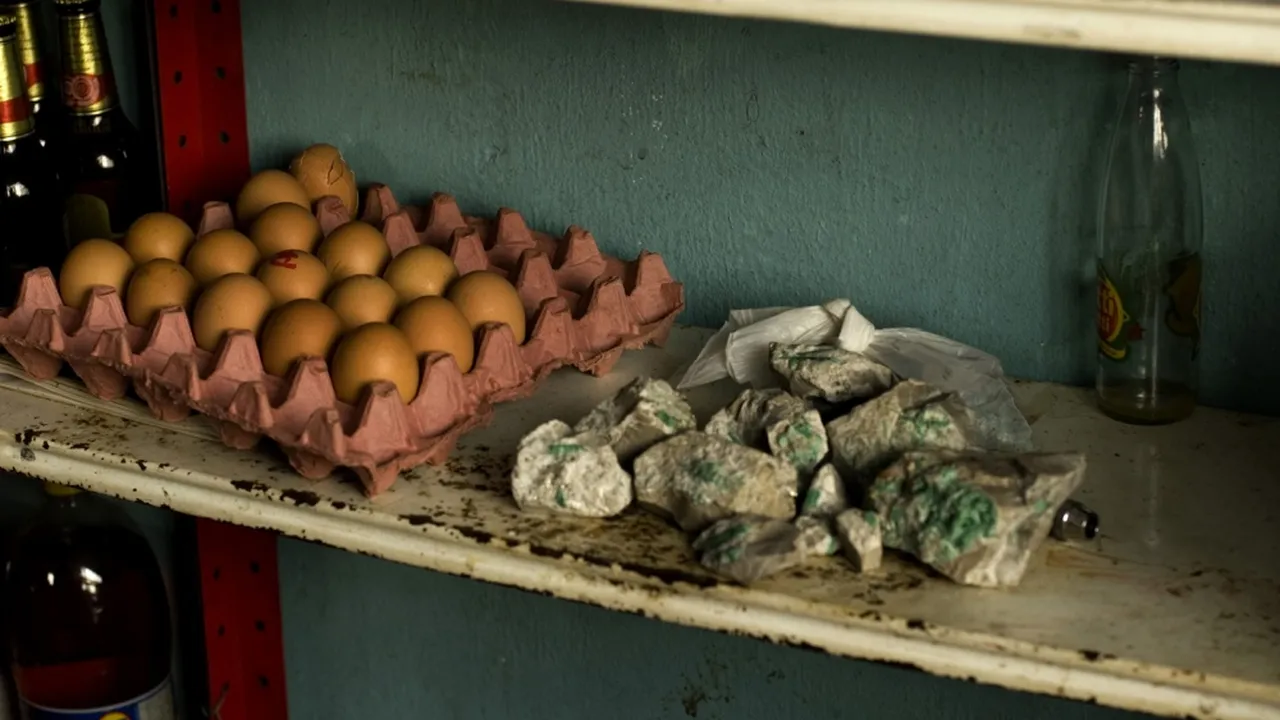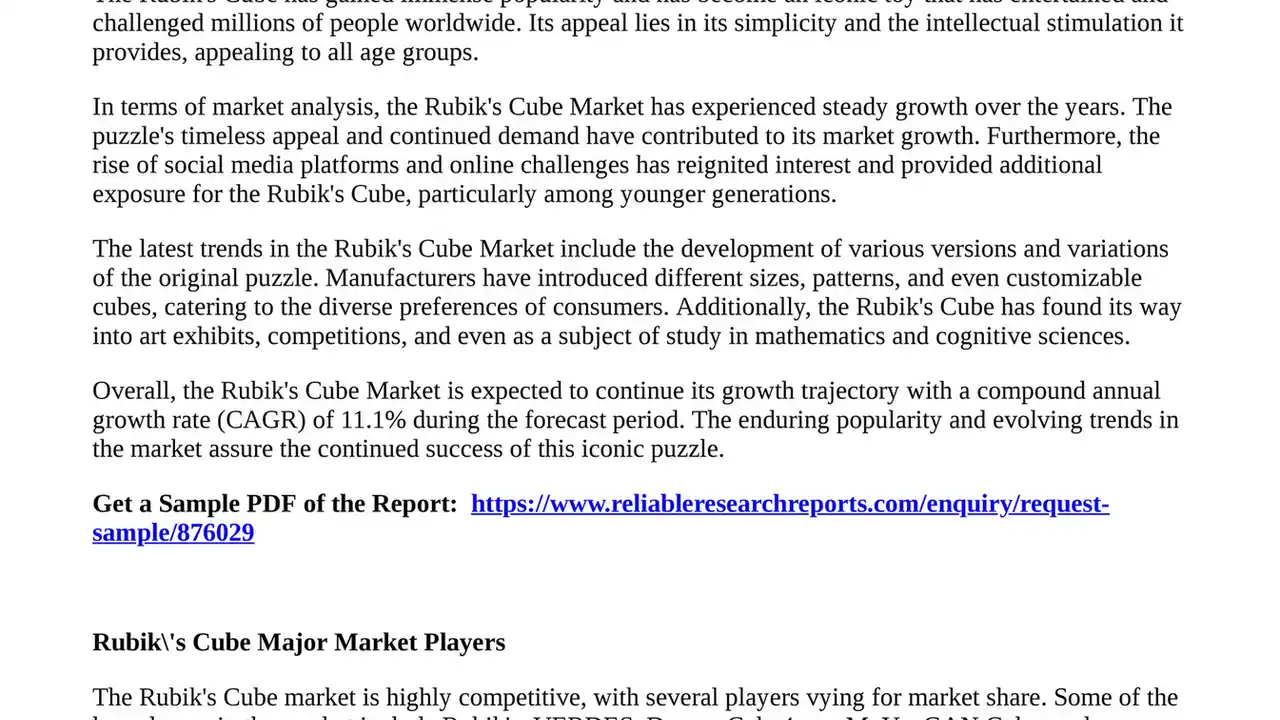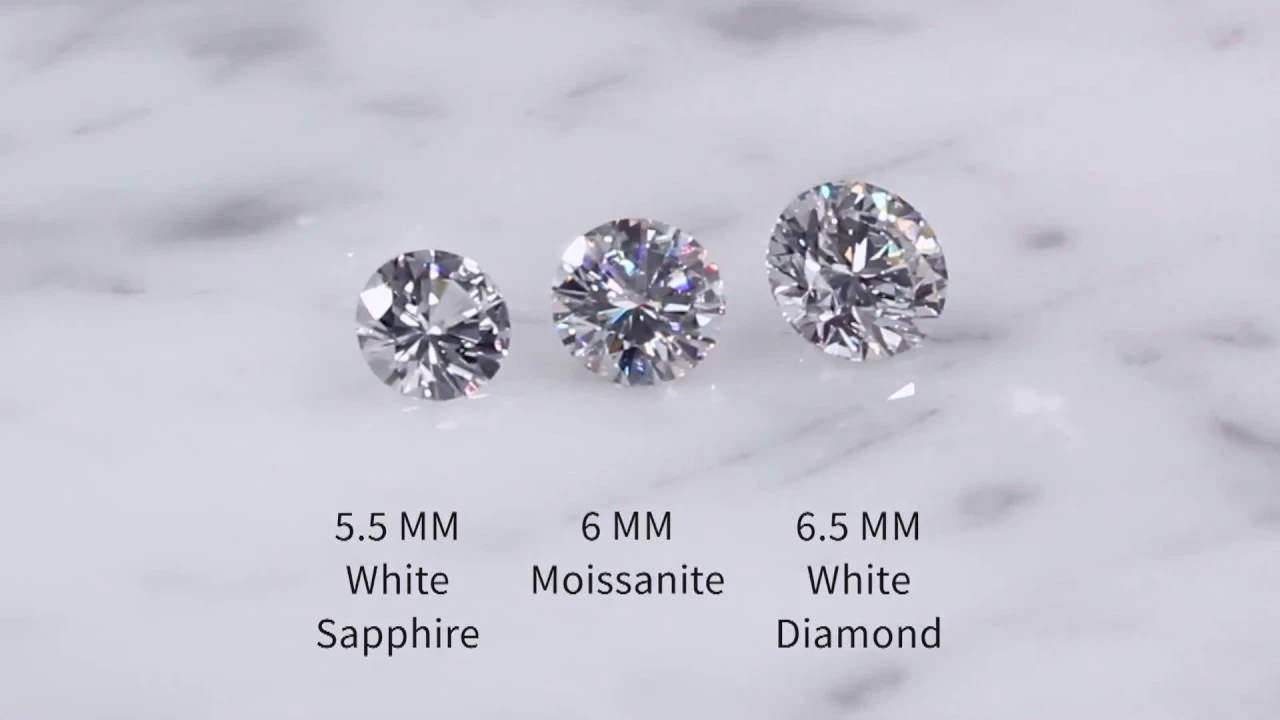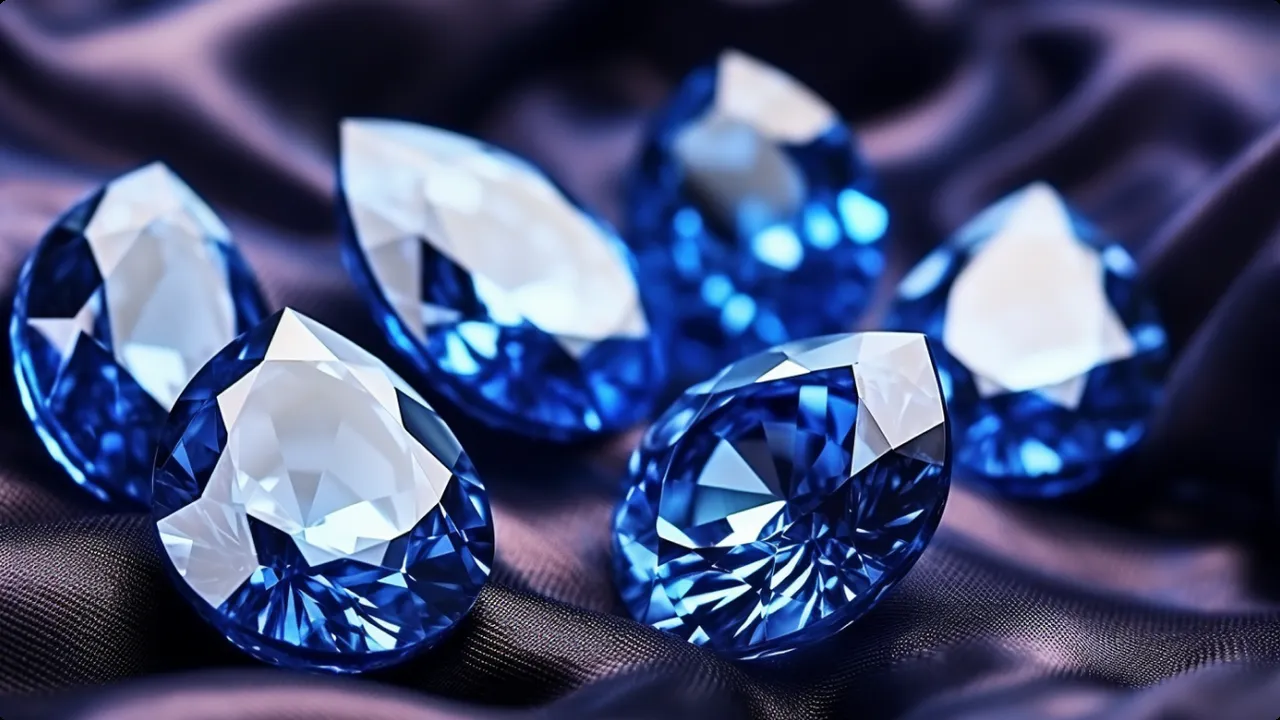Building a Ruby Investment Portfolio A Step by Step Guide
A step-by-step guide to building a ruby investment portfolio, tailored for the US and Southeast Asian markets. Diversify your assets with this timeless gemstone.

Understanding the Allure of Ruby Investment The Why and How
So, you're thinking about diving into the world of ruby investment? Excellent choice! Rubies have captivated hearts and held significant value for centuries. Their vibrant color, durability, and rarity make them a compelling addition to any investment portfolio. But where do you begin? This guide is designed to walk you through the process, from understanding the basics to building a solid ruby investment strategy tailored for the US and Southeast Asian markets.
Step 1 Defining Your Ruby Investment Goals and Risk Tolerance
Before you even start browsing rubies, take a moment to define your goals. Are you looking for long-term capital appreciation, a hedge against inflation, or simply a beautiful store of value? Your investment goals will influence the types of rubies you choose and the strategies you employ.
Also, honestly assess your risk tolerance. Ruby investment, like any investment, carries risk. The market can fluctuate, and liquidity might not always be immediate. Are you comfortable with the possibility of short-term losses for long-term gains? Knowing your risk tolerance will help you make informed decisions and avoid emotional investing.
Step 2 Learning the 4Cs of Ruby Quality Color Cut Clarity and Carat
Understanding the 4Cs is crucial for evaluating the quality and value of a ruby.
- Color: The most important factor. Look for a vivid, intense red color. Burmese rubies, known for their 'pigeon's blood' red, are highly prized. However, rubies from Mozambique are also gaining popularity due to their exceptional color and clarity.
- Cut: A well-cut ruby will maximize its brilliance and sparkle. Look for symmetry, proportions, and a cut that allows light to reflect evenly throughout the stone.
- Clarity: Rubies are rarely flawless. Look for stones with minimal inclusions that don't detract from the overall beauty and brilliance. Inclusions can sometimes even be a sign of authenticity.
- Carat: Carat weight refers to the size of the ruby. Larger rubies are generally rarer and more valuable, but color and clarity are still paramount.
Step 3 Researching Ruby Origins Burmese Mozambique and Beyond
The origin of a ruby can significantly impact its value. Burmese rubies, particularly those from the Mogok region, are considered the gold standard. However, excellent rubies also come from Mozambique, Thailand, Vietnam, and other locations. Research the specific characteristics of rubies from different origins to make informed choices. For example, Mozambique rubies often have a higher iron content, which can affect their color and treatment.
Step 4 Understanding Ruby Treatments Heat Treatment Beryllium Treatment and More
Most rubies undergo heat treatment to enhance their color and clarity. This is a widely accepted practice and generally doesn't significantly impact the value of the stone. However, other treatments, such as beryllium treatment or fracture filling, can negatively affect the value. Always ask for a gemological report from a reputable laboratory to determine if a ruby has been treated and to what extent.
Step 5 Choosing Your Rubies Focus on Investment Grade Stones
Now comes the fun part: selecting your rubies! For investment purposes, focus on stones that exhibit exceptional color, clarity, and cut. Consider purchasing certified rubies from reputable dealers. Look for certificates from well-known gemological laboratories like GIA (Gemological Institute of America), AGTA (American Gem Trade Association), or Gubelin.
Here are a few examples of rubies suitable for investment, with estimated prices (these can vary widely depending on market conditions and dealer):
- Burmese Ruby (Unheated): A 3-carat unheated Burmese ruby with 'pigeon's blood' color and excellent clarity could fetch upwards of $50,000 to $100,000 or more. These are highly sought after and represent a significant investment.
- Usage Scenario: This type of ruby is best suited for long-term investment and as a centerpiece in a high-end jewelry piece.
- Mozambique Ruby (Heated): A 5-carat heated Mozambique ruby with a vibrant red color and good clarity might cost between $10,000 and $30,000. These offer a more accessible entry point for investors.
- Usage Scenario: Suitable for creating investment-grade jewelry or as a standalone investment.
- Thai Ruby (Heated): A 2-carat heated Thai ruby with a good red color and acceptable clarity could be priced between $3,000 and $7,000. These are often more affordable and can be a good starting point.
- Usage Scenario: Good for diversifying a portfolio and as components in smaller, more accessible jewelry pieces.
Product Comparison:
:max_bytes(150000):strip_icc()/277019-baked-pork-chops-with-cream-of-mushroom-soup-DDMFS-beauty-4x3-BG-7505-5762b731cf30447d9cbbbbbf387beafa.jpg)






